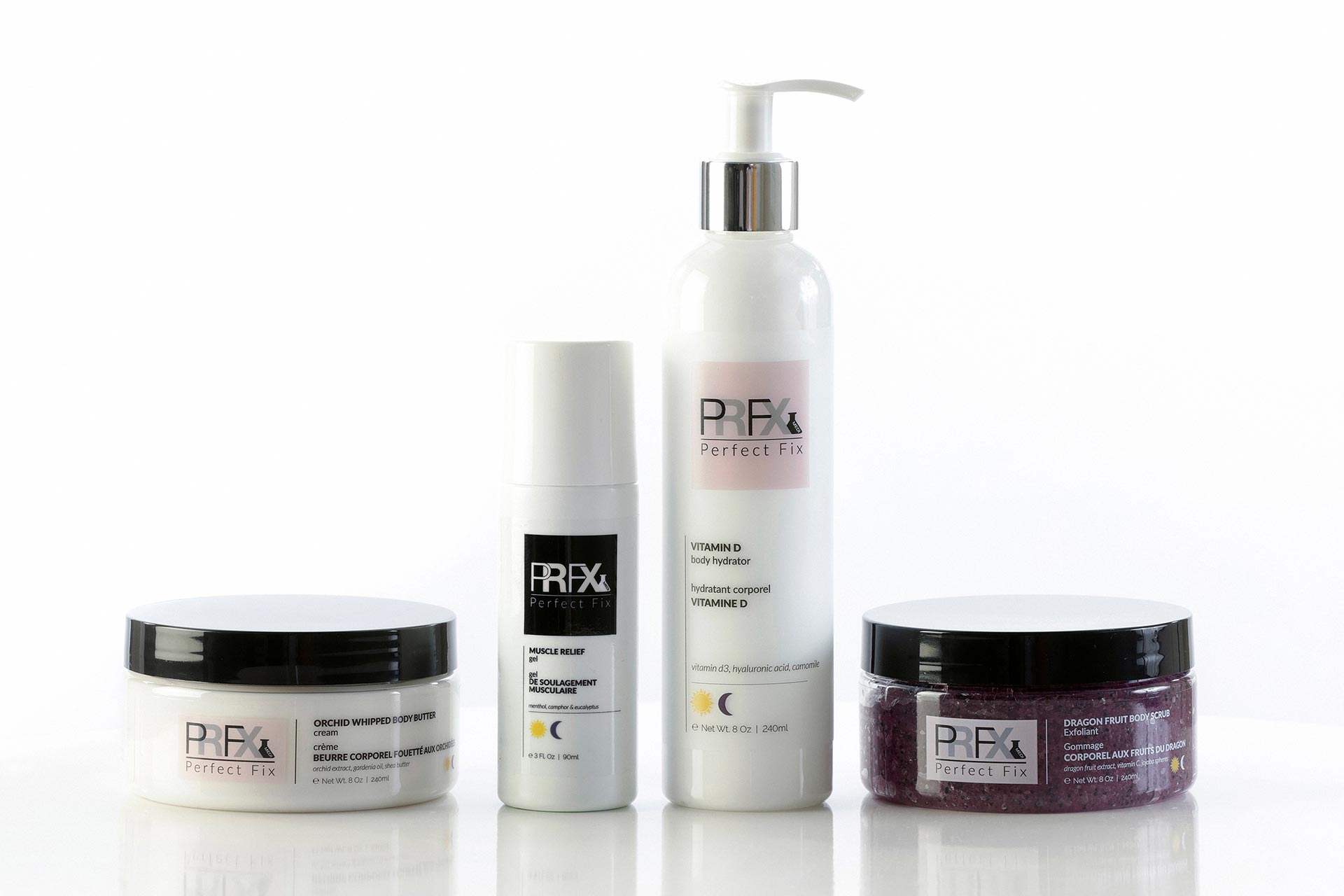Once discovered, this ingredient could very well be your favourite skincare ingredient: Squalane. Squalane is naturally occurring in our own bodies, it is among the most common lipids produced by human skin cells, making up approximately 10 percent of our sebum. On the skin’s surface it acts as a barrier, both protecting the skin from moisture loss and providing a shield for the body from environmental toxins. Internally, the liver produces squalane as a precursor to cholesterol. It’s also an antioxidant-rich, age-fighting emollient that’s commonly used as an additive in deodorants, lip balm, lipstick, moisturizers, and suntan products, supplements, and a variety of other cosmetic products. Because it mimics our body’s own natural moisturizers, it can rapidly penetrate the skin and is absorbed quickly and completely without any lingering residue.
Purpose of Squalane
The body’s Squalane levels start declining when we’re in our 20s. Applying nourishing Squalane will lubricate your skin’s surface and can help you achieve a softer texture and smoother appearance “sans greasiness”. The lightweight, odorless liquid has antibacterial properties and can be effective in treating the symptoms of eczema as well. Acne sufferers can reduce excess oil production by using it as a spot treatment to balance the complexion. Over time, using Squalane can reduce wrinkles, eliminate scars, reverse UV sun damage, lighten freckles and erase skin pigmentation while fighting free radicals. On the hair, it works as a conditioner that makes your strands shiny, supple and strong. When it is ingested, Squalane capsules are marketed to protect the body from an assortment of ailments including arthritis, cancer, hemorrhoids, rheumatism, psoriasis, and shingles.
Squalane vs. Squalene
Squalane is a hydrogenated version of squalene that makes it more stable against oxidation when exposed to air. Because squalane is cheaper, breaks down more slowly and has a longer shelf life than squalene, it is most commonly used as an ingredient in beauty products, typically with an expiration date of two years after opening.
Cruelty Caution
Shark liver oil is another name for squalane and squalene. The liver organs of deep-sea sharks like chimaeras, gulper sharks, kitefin sharks and Portuguese dogfish are prime sources for highly concentrated squalene. The sharks’ slow growth and infrequent reproduction cycles partnered with overfishing are causing scarcity in many species. A non-profit organization dedicated to marine conservation called BLOOM released a 2012 study entitled “The hideous price of beauty: Cosmetics industry drives deep sea shark extinctions” warning the sharks that produce squalene have neared extinction in just a few years’ time to feed the consumer need.
Animal-Friendly Alternatives
Non-shark squalene can be created synthetically or extracted from vegetable sources like olives, amaranth seed, palm, rice bran and wheat germ. Look for the words ‘100% plant-derived,’ ‘vegetable based’ or ‘vegetable origins.’ If the label doesn’t indicate its specific source, ask the manufacturer if a product contains squalene derived from sharks.
When in doubt, you don’t have to do without. Instead, opt for a natural version of squalane oil made from vegetable sources and apply it on its own or underneath an age-fighting serum to give your skincare regimen a boost.
Rest assured our PRFX™ Perfect Fix Skincare line has only naturally sourced Squalane oil from the purest olives in the world.
We’ve got your Squalane incorporated in several of our skincare products and offer a 100% Squalane Serum Booster to use on its own or cocktail with your regular daily moisturizer.
Make Squalane one of your favorites!
If you have any questions, feel free to contact us for more information.
The PRFX™ Perfect Fix Skincare Team

